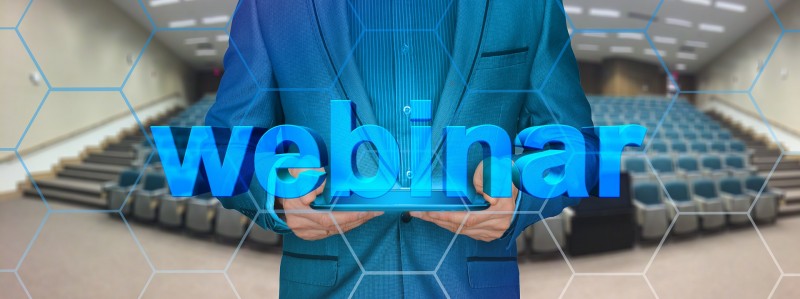
Sep 7, 2018
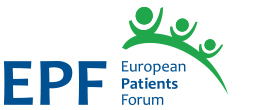 Following the publication of EPF’s Transparency Guidelines, European Patients Forum would like to invite you to join a webinar to discuss transparent advocacy in patient organisations.
Following the publication of EPF’s Transparency Guidelines, European Patients Forum would like to invite you to join a webinar to discuss transparent advocacy in patient organisations.
Health advocacy and lobbying is at the heart of the work of many patient organisations (whether it is local, national or European). Their mission statement often includes promoting a political, regulatory, and societal environment that are more patient-centred.
This means that patient organisations engage in lobbying activities on a regular basis. They do so by contributing the specific perspective of patients and people with chronic conditions to legislative processes, but also by pushing for the recognition and for actions on topics that are not yet necessarily on the political agenda (proactive advocacy). Thanks to Vitor Teixeira from Transparency International, the EPF will share with you the benefits of transparency and advocacy as well as a few practical tips on how to enhance your transparency in advocacy activities.
Practical information
Date: Friday 14th September 2018
Time: 15.30-16.15 CEST
How to register?
Register via this link, by 12 September at the latest. Please note that you will need a strong internet connection to fully enjoy the webinar.
And if I can’t make it?
If you can’t make it at the time of the live webinar, no worries! The webinar will be recorded and made available on EPF website.
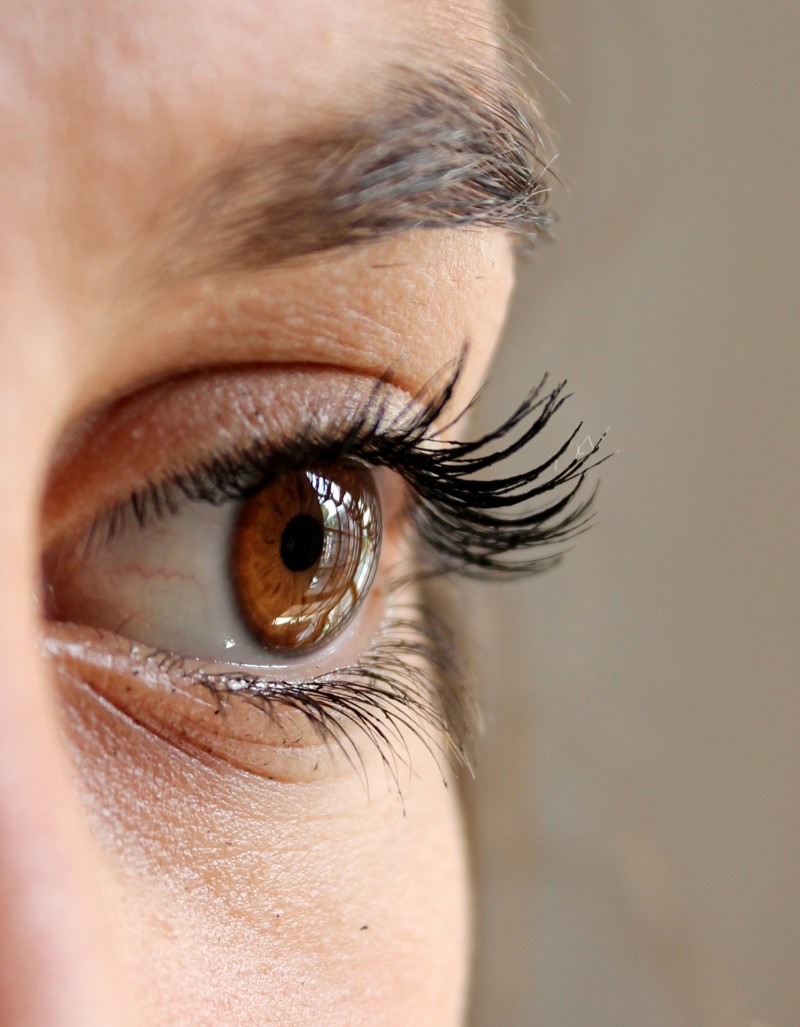
Sep 4, 2018
The original article first published on ScienceDaily.com
About one third of patients who have suffered a stroke end up with low vision, losing up to half of their visual field. This partial blindness was long considered irreversible, but recent studies have shown that vision training after optic nerve and brain damage can help restore or improve vision. A new study published in the journal Clinical Neurophysiology reports on key mechanisms of vision restoration: attention.
Hemianopia is a decreased vision or blindness in half the visual field, usually as a consequence of stroke or trauma to the brain. It greatly reduces quality of life, affecting patients’ reading, driving and spatial navigation.
“Knowledge in this field is still rather fragmentary, but recent studies have shown that vision can be partially restored by vision training, which improves the deficient visual field sectors,” explains Prof. Bernhard Sabel, PhD, Director of the Institute of Medical Psychology at Magdeburg University, Germany, co-investigator of the study. “Neuroimaging evidence supports a possible role of attention in this vision restoration.”
The study confirmed this hypothesis by obtaining evidence from functional magnetic resonance imaging (fMRI) that visual training led to functional connectivity reorganization of the brain´s attentional network.
Seven chronic hemianopic patients with lesions of the visual cortex took part in vision rehabilitation training for five weeks. After the pre-tests all received training sessions lasting one and a half hours per day for six days per week for five weeks. Each training session, lasting about 60 minutes, was composed of six blocks with 120 training trials each, during which participants had to respond to specially designed visual stimuli on a computer monitor. The pre- and post-test included perimetry testing, contrast sensitivity testing and fMRI scanning one or two days before and after training, respectively. Each contrast sensitivity test consisted of 420 trials in six blocks. The visual rehabilitation training was performed with one eye open, which was randomly chosen, while the non-trained eye was covered with an opaque eye patch.
After training, the patients had significantly improved visual function at the training location, and fMRI showed that the training led to a strengthening of the cortical attentional network connections between the brain region of the right temporoparietal junction (rTPJ) and the insula and the anterior cingulate cortex (ACC).
“Our MRI results highlight the role of attention and the right TPJ activation as a component of vision restoration training in hemianopia,” notes lead investigator Yifeng Zhou, DSc, of the Hefei National Laboratory for Physical Sciences at Microscale and School of Life Science, University of Science and Technology of China, Hefei, P.R. China, and State Key Laboratory of Brain and Cognitive Science, Institute of Biophysics, Chinese Academy of Sciences, Beijing, P.R. China. “However, it is unclear whether the rehabilitation of attentional networks is the direct result of training or the result of the rebalancing of bottom-up sensory streams, which should be investigated in future studies.”
“This discovery that the brain´s attention network is a key mechanism in partially reversing blindness is an exciting advance in the field of restoring vision in the blind, and it opens up new avenues to design new therapies that are even more effective than current methods to help people with low vision or blindness,” concludes Prof. Sabel.
Story Source: Institute for Medical Psychology, Otto-v.-Guericke University Magdeburg. “Attention network plays key role in restoring vision after brain damage: New study highlights the role of attention as a component of vision restoration training in hemianopia.” ScienceDaily. ScienceDaily, 4 September 2018. <www.sciencedaily.com/releases/2018/09/180904114753.htm>.
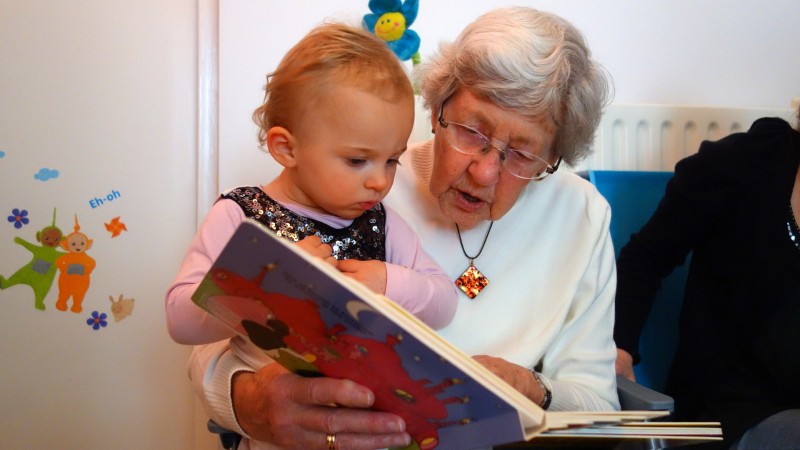
Sep 3, 2018
The original article published at ScienceDaily.com
People who have had a stroke are around twice as likely to develop dementia, according to the largest study of its kind ever conducted.
The University of Exeter Medical School led the study which analysed data on stroke and dementia risk from 3.2 million people across the world. The link between stroke and dementia persisted even after taking into account other dementia risk factors such as blood pressure, diabetes and cardiovascular disease. Their findings give the strongest evidence to date that having a stroke significantly increases the risk of dementia.
The study builds on previous research which had established the link between stroke and dementia, though had not quantified the degree to which stroke actually increased dementia risk. To better understand the link between the two, researchers analysed 36 studies where participants had a history of stroke, totalling data from 1.9 million people. In addition, they analysed a further 12 studies that looked at whether participants had a recent stroke over the study period, adding a further 1.3 million people. The new research, published in the leading dementia journal Alzheimer’s & Dementia: The Journal of the Alzheimer’s Association, is the first meta-analysis in the area.
Dr Ilianna Lourida, of the University of Exeter Medical School, said: “We found that a history of stroke increases dementia risk by around 70%, and recent strokes more than doubled the risk. Given how common both stroke and dementia are, this strong link is an important finding. Improvements in stroke prevention and post-stroke care may therefore play a key role in dementia prevention.”
According to the World Health Organisation, 15 million people have a stroke each year. Meanwhile, around 50 million people globally have dementia – a number expected to almost double ever 20 years, reaching 131 million by 2050.
Stroke characteristics such as the location and extent of brain damage may help to explain variation in dementia risk observed between studies, and there was some suggestion that dementia risk may be higher for men following stroke.
Further research is required to clarify whether factors such as ethnicity and education modify dementia risk following stroke. Most people who have a stroke do not go on to develop dementia, so further research is also needed to establish whether differences in post-stroke care and lifestyle can reduce the risk of dementia further.
Dr David Llewellyn, from the University of Exeter Medical School, concluded: “Around a third of dementia cases are thought to be potentially preventable, though this estimate does not take into account the risk associated with stroke. Our findings indicate that this figure could be even higher, and reinforce the importance of protecting the blood supply to the brain when attempting to reduce the global burden of dementia.”
Story Source: University of Exeter. “Stroke doubles dementia risk, concludes large-scale study.” ScienceDaily. ScienceDaily, 31 August 2018. <www.sciencedaily.com/releases/2018/08/180831083542.htm>.
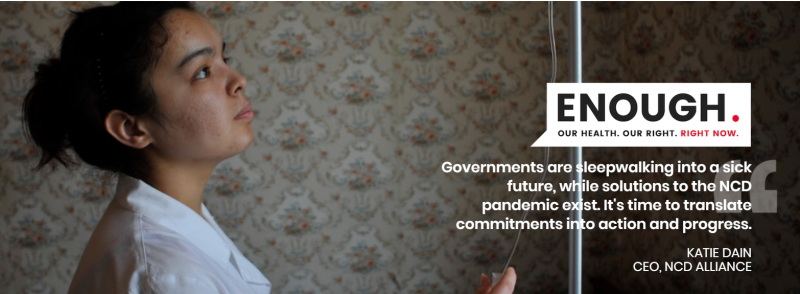
Aug 31, 2018
Death and illness caused by noncommunicable diseases bring suffering and heartache to millions of people worldwide every year – those who live with the diseases, as well as their families and friends. 70% of all deaths worldwide result from NCDs.
In light of the upcoming Week For Action on NCDs Activities & Comms within the ‘Enough.’ campaign, we used an opportunity to talk with Jelka Jansa, from the Stroke Support Organisation Slovenia. Jelka recently participated in a NCD Alliance workshop in Geneva and being an occupational therapist who works in an acute neurological hospital, she is very familiar with patient support organisations both locally and internationally, especially in the field of stroke.
What is ‘Week For Action on NCDs’ and when is it happening?
It takes place on the 3-9th September. As part of the Enough campaign, the NCD Alliance is encouraging the NCD community all over the world to observe a Global Week of Action on NCDs from the 3rd to 9th of September 2018 in the lead up to the UN HLM on NCDs which will take place later that month on the 27th September. The Global Week for Action on NCDs will catalyse activity among people who are engaged in the NCD movement everywhere, to initiate a transition from commitment to action on NCDs and we encourage you to get involved individually or through your country NCD alliances, in a way that works for you in your context, based on available resources, capacities and priorities.
This will be a global opportunity to talk to each other, to leaders, to media, to crowds, to the world about what works well and what needs to change to ensure a transition from commitment to tangible actions that not only yield reportable improvements in NCD targets and outcomes, but result in the improvement of health and lives of all people in all places.
The opportunities are endless. Possible activities include organising a meeting, street action, picnic, fun run, dance party, art competition or social media support. The week is your chance to do something achievable, appropriate, relevant and impactful where you live, but linked to a global movement. Saying ENOUGH is also a nice way of participating.
Objectives:
-
Show solidarity and a strong united civil society movement to address NCDs globally
-
Draw attention to the UN HLM on NCDs
-
Mobilise around the ENOUGH campaign and emphasise that we all say ENOUGH. Our HEALTH, is our RIGHT, and we need action NOW.
The Global Week for Action will be led by NCD Alliance, with collaborative support of the WHO Civil Society Working Group on NCDs, partners, members, supporters and wider NCD civil society network.
The Guide for Planning your Week for Action on NCDs, Activities and Comms is available for free at this link. It includes useful tips and checklists to help in your planning over the coming three weeks. To complement the guide, you can also find a suite of editable graphics for social media (with English and Spanish versions) to help to promote the Global Week for Action on NCDs and support your activities here.
WHAT HAVE YOU HAD ENOUGH OF?
Share your views and make your own pledge to help stop preventable death and suffering ahead of the 2018 UN HLM on NCDs.
TELL THE WORLD
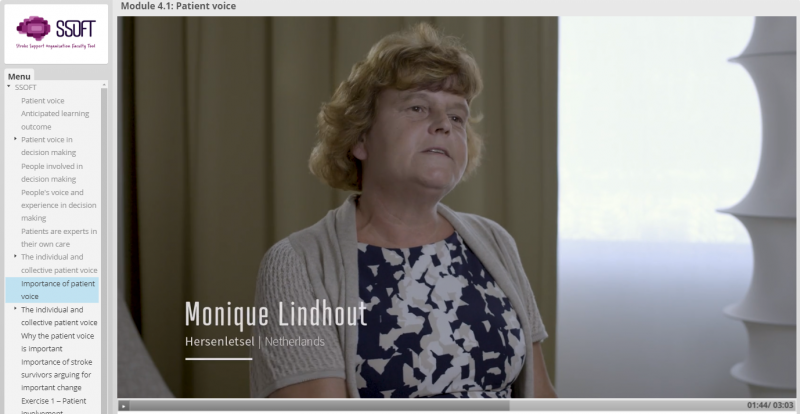
Aug 31, 2018
Brussels, 31st August 2018 – The eLearning Module 4 of the Stroke Support Organisation Faculty Tool (SSOFT) is published today at the following address www.ssoft.info.
In Module 4, using a combination of theory and practice, SSOFT demonstrates the impact of the individual and collective patient voice. Learners will develop an understanding for the role of the stroke patient and survivor in research and development of stroke guidelines; and how to argue for patient involvement and rights in the context of regulatory, ethical and advisory processes.
SSOFT’s fourth module focuses on what rights patients have and how the voice of the stroke survivor and their families can be used ethically to support SSOs causes and campaign.
The module is broken down in to five bite-size sections, which covers:
4.1 – Patient voice
4.2 – Patient voice in research
4.3 – Patient voice in guideline development
4.4 – Institutional processes impacting on the patient voice
4.5 – Patient’s rights
Stroke Support Organisations have been at the heart of this tool. For newer or smaller organisations, the information in the tool will provide knowledge that will help them build their capacities and grow. Larger organisations will be enabled to support their communities and other stroke professionals across Europe and add more voices to their movement/arguments for change.
This tool is also for anyone who is interested in knowing more about what an SSO is, how to start and develop one and how to make it sustainable.
For those interested in using this innovative eLearning platform we would encourage them to visit the SSOFT website www.ssoft.info
This online learning platform provides knowledge and training on how the creation of effective advocacy activities and campaigns to deliver positive change at a local and national level on stroke prevention, treatment and care. The eLearning platform will include six modules that provide information on:
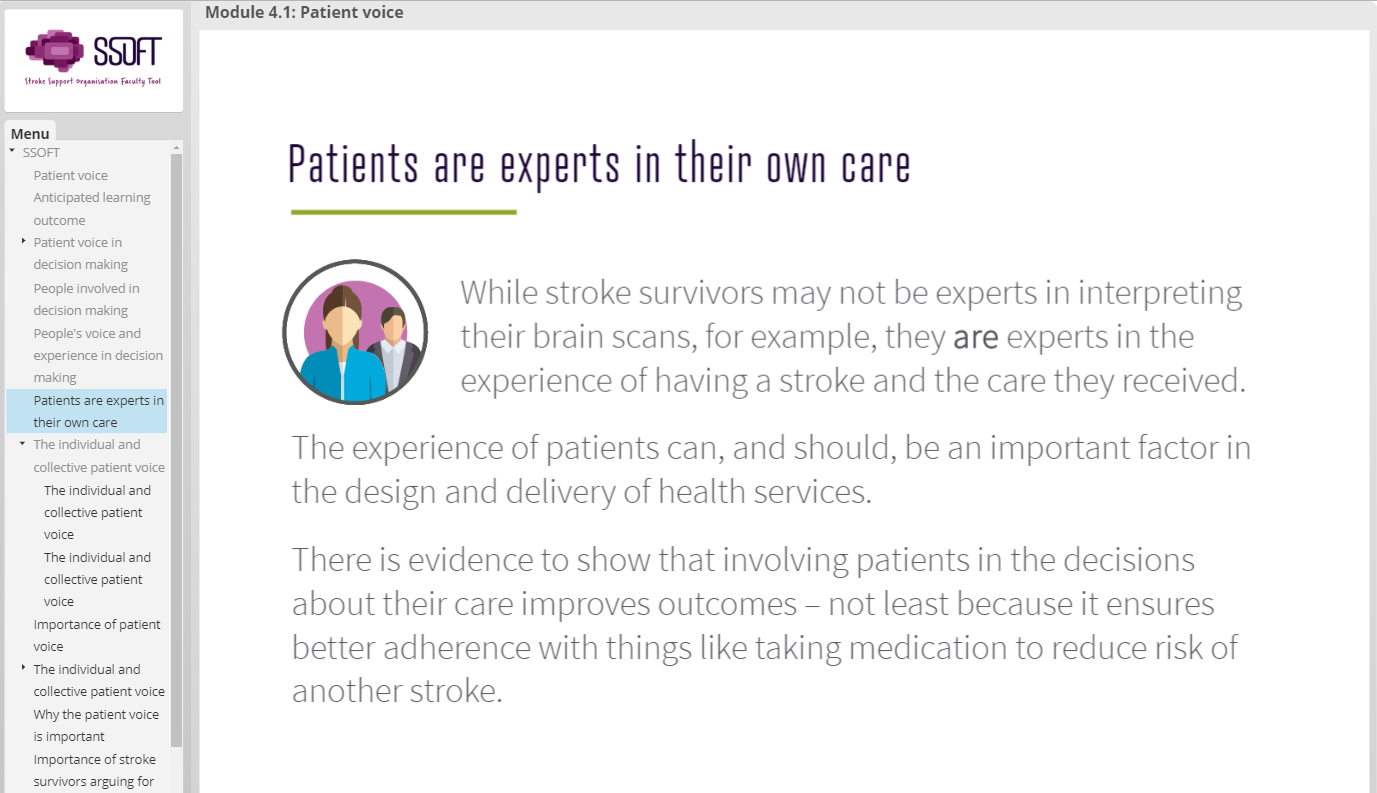
About SSOFT
SSOFT is an innovative online eLearning advocacy tool being developed by Stroke Alliance for Europe (SAFE), in partnership with the European Stroke Organisation (ESO).
Module 1: Stroke Support Organisations (SSOs)
Module 2: Making Change Happen
Module 3: Use of Evidence
Module 4: Role of Patient Voice
Module 5: Health System Advocacy
Module 6: Public Advocacy
The modules and learning environment is accessible via the SSOFT website through a simple registration process. Visitors to the website can also learn more about SSOFT, SAFE and ESO, find their nearest SAFE Stroke Support Organisation (SSO) as well as hear from SAFE members about their experiences.
For more information, please send an email ssoft@safestroke.eu or visit www.ssoft.info
Acknowledgments
SAFE would like to take this opportunity to thank and acknowledge the contributions made by those who have helped in the development of SSOFT and Module 4.
Stroke Alliance for Europe Board, who have been involved at every stage of development of this module.
The Peer Reviewers for module 4:
• Stiftung Deutsche Schlaganfall-Hilfe (Dr Markus Wagner)
• Hellenic Alliance/Action for Stroke Support Organization (Dr Hariklia Proios)
• Macedonian Stroke Association (Dr Anita Arsovska & Dr Maja Bozinovska Smiceska)
• Norsk forening for slagrammede (Ms Grethe Lunde)
• Thessaloniki and Wiesbaden NRZ, Rehabilitation Center Germany (Dr Dimitris Artemis)
• Aristotle University, Greece (Dr Katerina Nicolaidis)
• Anagenissis Rehabilitation Center, Greece (Ms Eugenia Stamatiou)
Our members who have shared their experiences and knowledge in the video interviews used within the module:
• Chris Macey – The Irish Heart Foundation, R.Ireland
• Pnina Rosenzweig – Neeman Association for Stroke Survivors, Israel
• Markus Wagner – Stiftung Deutsche Schlaganfall-Hilfe, Germany
• Monique Lindhout – Hersenletsel, Netherlands
• Jon Barrick – Stroke Alliance for Europe (SAFE)
• Bjørn Magne Bakke – Norsk forening for slagrammede, Norway
Our member and partner organisations who have collaborated in the development of the module content:
• Aivoliitto
• Fundacja Udaru Mózgu
• STROKE-Riksförbundet
• World Stroke Organization
• European Stroke Organisation.
And all those who participated in the User Acceptance Testing of module 3.
We would also like to thank the project sponsor Bayer Healthcare who have supported this project through an education grant.
About SAFE
The Stroke Alliance for Europe (SAFE) a non-profit-making organisation formed in 2004. It is the voice of stroke patients in Europe, representing a range of patient groups from 30 European countries.
SAFE’s goal is to decrease the number of strokes in Europe by advocating for better prevention, access to adequate treatment, post-stroke care and rehabilitation.
For more information about SAFE, please visit www.safestroke.eu

 Following the publication of EPF’s Transparency Guidelines, European Patients Forum would like to invite you to join a webinar to discuss transparent advocacy in patient organisations.
Following the publication of EPF’s Transparency Guidelines, European Patients Forum would like to invite you to join a webinar to discuss transparent advocacy in patient organisations.








